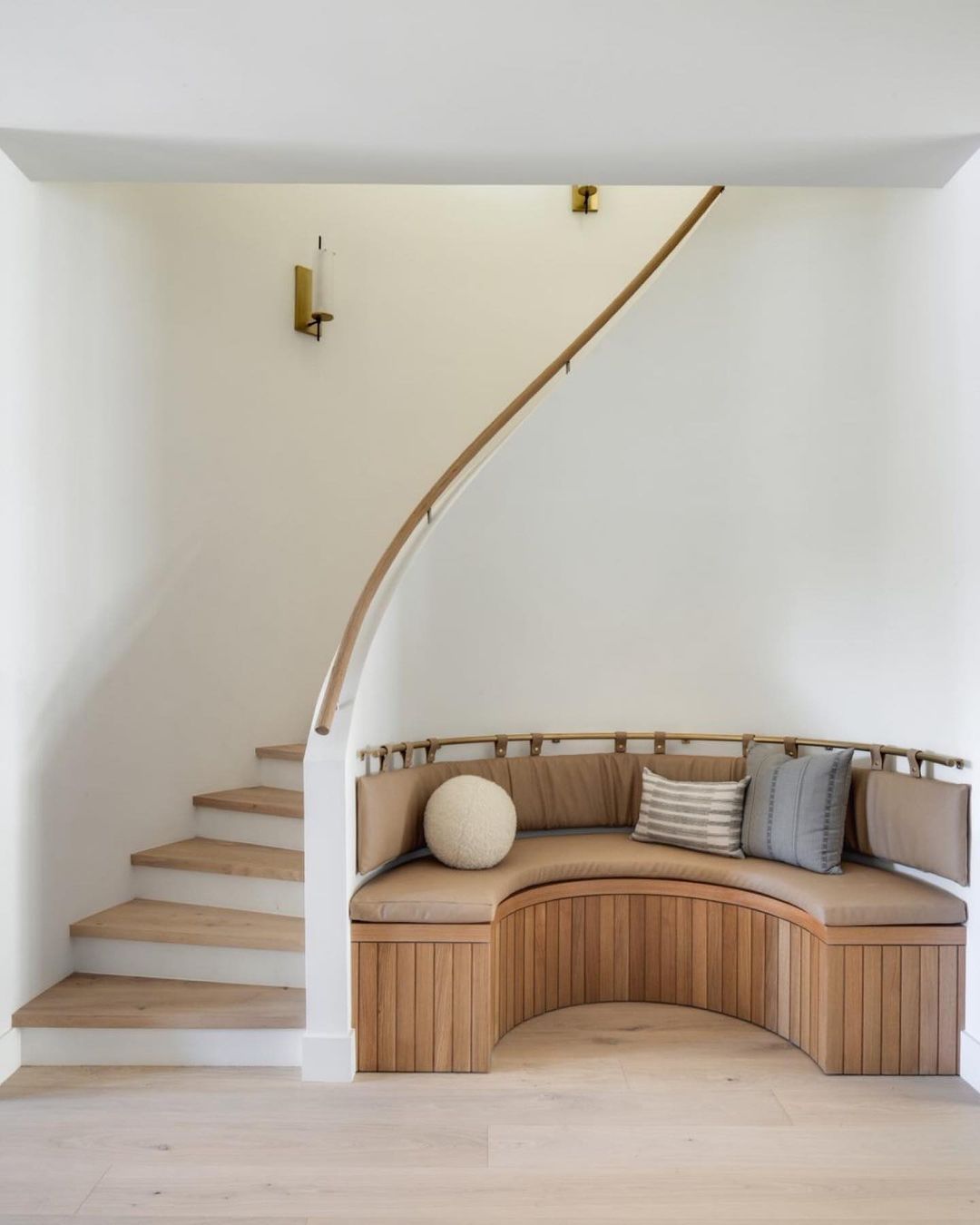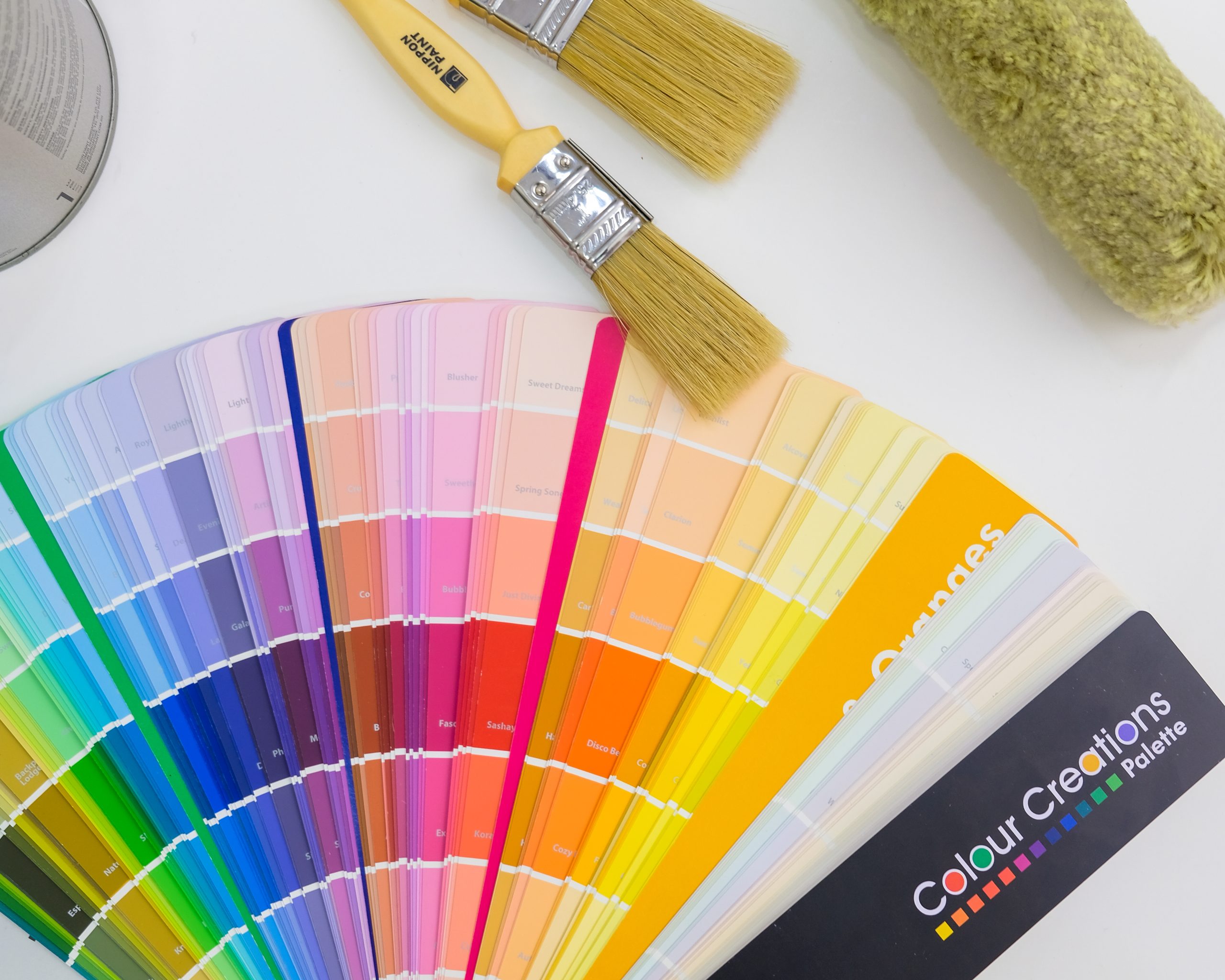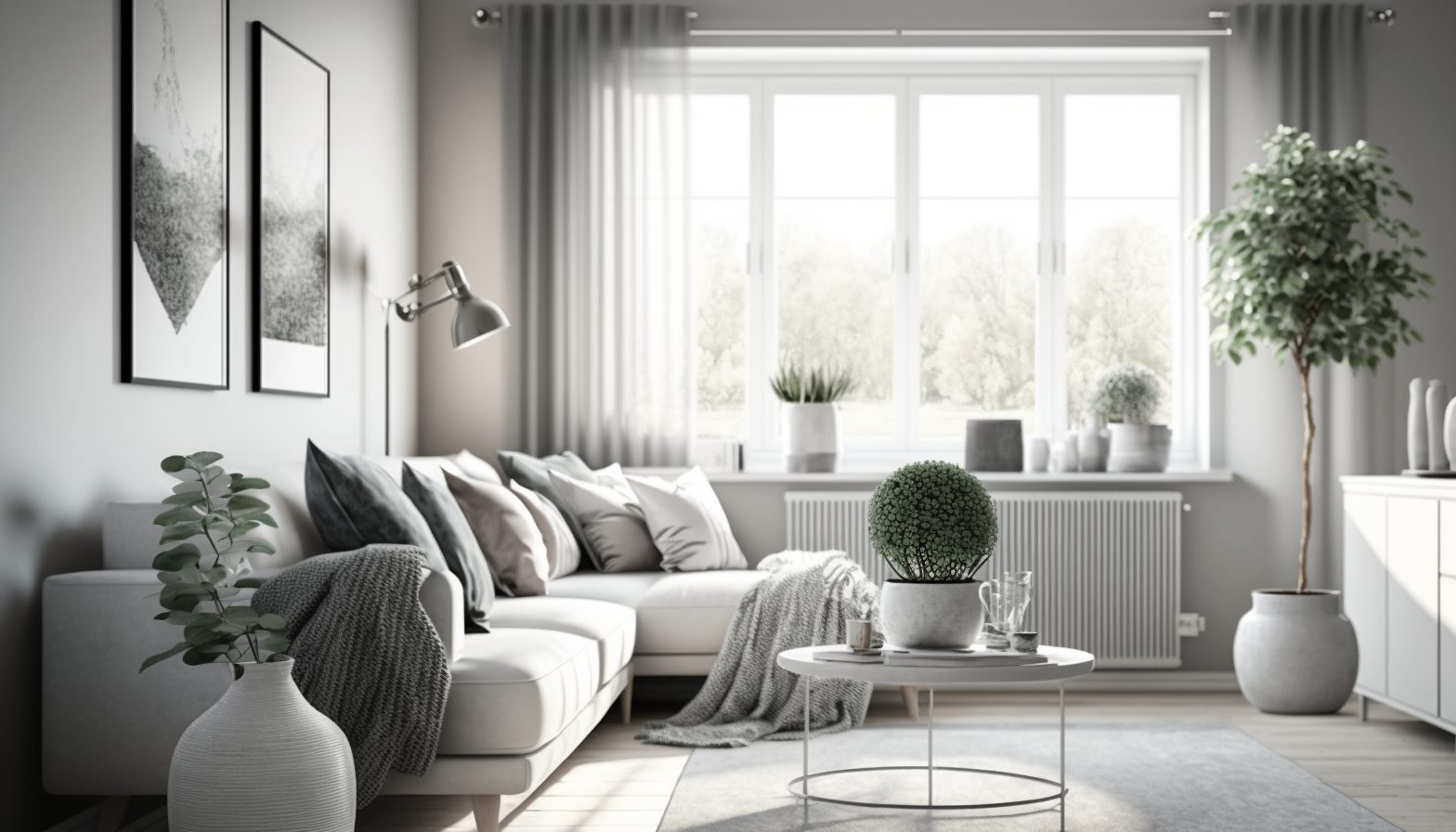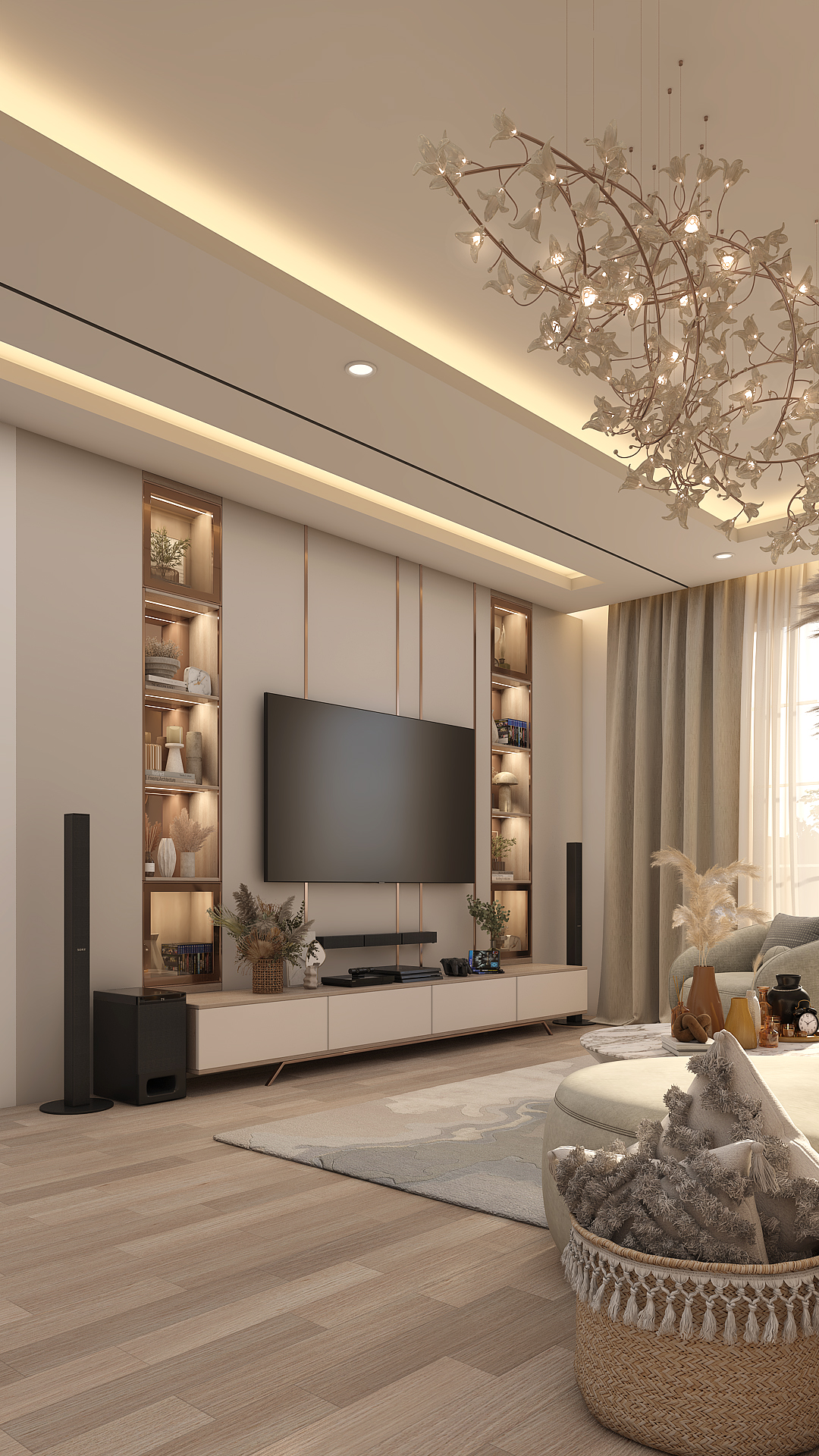The impact of minimalism on creating functional and organized spaces

Understanding Minimalism: A Lifestyle Choice
In an era where consumer culture often reigns supreme, embracing minimalism offers an alternative that is both refreshing and practical. This philosophy is not merely about reducing clutter; it’s about transforming our environments into meticulously organized spaces that evoke clarity and tranquility. By adopting minimalism, individuals can enhance not just the aesthetics of their surroundings, but also improve their overall quality of life.
Decluttering for Clarity
One of the foundational principles of minimalism is decluttering. This process goes beyond simply cleaning out a closet or garage. It involves a conscious decision to evaluate the items we own and to let go of those that no longer serve a purpose in our lives. For example, a study conducted by the National Institute of Health revealed that people who engaged in regular decluttering reported lower levels of stress and anxiety. By eliminating unnecessary possessions, we clear both our physical and mental spaces, paving the way for creativity and relaxation.
Intentional Design: Beauty Meets Functionality
Another critical aspect of minimalism is intentional design. This concept involves selecting furniture and decor that not only complements our personal style but also serves a clear function. For instance, the rise of multi-functional furniture—such as sofa beds or coffee tables with storage compartments—illustrates how one can achieve aesthetic appeal while maximizing utility. This approach is particularly beneficial in urban settings, where space is often at a premium, encouraging residents to make smart choices about the pieces they bring into their homes.
Adaptable Layouts Enhance Usability
Adaptable layouts are another hallmark of minimalist spaces. Open floor plans, for instance, allow for better flow between rooms, making them ideal for both social gatherings and solitary retreats. An open kitchen-living area can foster interactions during family meals while providing a calming environment for solitary relaxation. This flexibility promotes a sense of balance, catering to various activities without overwhelming the senses.
Minimalism and Mental Well-Being
Research indicates that environments designed with minimalist principles can significantly enhance mental well-being. Spaces characterized by simplicity, such as offices or meditation areas, can cultivate a sense of peace that fosters productivity and focus. For instance, tech companies in Silicon Valley often incorporate minimalist designs to create environments that spur innovation and creativity, demonstrating how corporate aesthetics can impact employee satisfaction and performance.

As more individuals across the United States explore the concept of minimalism, they begin to recognize its impact beyond just visual appeal. It challenges conventional narratives surrounding material possessions, encouraging a lifestyle that prioritizes experiences over belongings. Whether through home organization or creating streamlined workspaces, minimalism offers a pathway to a more balanced existence.
By rediscovering the essence of our environments and reconsidering our interactions with objects, we can harness the transformative power of minimalism. Ultimately, this journey leads to spaces that are not just pleasant to inhabit but are also meticulously curated to enhance every aspect of our lives.
DIVE DEEPER: Click here to discover the impact of minimalism on interior design</a
Maximizing Space Through Simplification
Embracing minimalism has profound effects on creating functional and organized spaces, particularly in homes and workplaces. At its core, minimalism emphasizes the idea of “less is more,” allowing individuals to streamline their environments, ultimately optimizing the spaces they inhabit. When we approach our surroundings with a minimalist mindset, we not only declutter but also create an intentional living space that caters to our specific needs and activities.
The Psychology of Minimalism
Studies show that our environments significantly influence our mental state. Limited distractions and organized spaces can enhance concentration and foster productivity. A study published in the Journal of Environmental Psychology found that individuals working in minimalist settings exhibited higher levels of focus and creativity compared to those surrounded by cluttered environments. By minimizing physical distractions, we give our minds the freedom to engage fully with tasks at hand, exemplifying how minimalism can enhance day-to-day functionality.
Key Principles for Functional Spaces
To create organized spaces using minimalism, individuals can adhere to a few fundamental principles:
- Prioritize Functionality: Evaluate the primary functions of a room and choose items that serve those functions without excess. For example, a home office should be stocked with essential tools like a desk, chair, and necessary technology, while avoiding unnecessary decorations.
- Choose Quality Over Quantity: Invest in fewer, high-quality items that serve multiple purposes. A sturdy dining table can double as a workspace, eliminating the need for an additional desk in the home.
- Establish Zones: Clearly defined areas for specific activities can reduce confusion and maintain organization. Whether it’s a reading nook or a crafting corner, carving out functional zones can help delineate space usage.
- Regular Evaluation: It’s essential to periodically reassess possessions to ensure they still fulfill a purpose. Setting time aside for evaluation can prevent accumulation and maintain a serene environment.
Incorporating Minimalism into Daily Life
Implementing minimalism doesn’t have to be an overwhelming overhaul; instead, it can be a gradual process. Start by addressing one area, such as a closet or a workspace, to begin experiencing the immediate benefits of a decluttered life. As individuals become accustomed to living with less, they often discover newfound appreciation for the objects they choose to keep, enhancing their connection to their belongings.
Across the United States, various initiatives, such as community clean-up events and online minimalism challenges, encourage residents to embrace simplicity. Social media platforms, particularly those dedicated to home organization and lifestyle, have popularized minimalist principles, inspiring countless individuals to reevaluate their own spaces. As societal awareness of minimalism continues to rise, it invites people to take a closer look at how their environments impact their lives and overall well-being.
By prioritizing functionality and creating organized spaces, minimalism paves the way for more productive, peaceful, and enjoyable living. This ethos, rooted in intentionality and clarity, promises not just an aesthetic transformation but also a profound change in our daily experiences and mental well-being.
The Evolution of Minimalism in Design
Minimalism has transitioned from an artistic movement into a fundamental design philosophy that shapes our living and working environments. This trend emphasizes simplicity and functionality by reducing excess clutter, leading to more functional and organized spaces. By eliminating the non-essential, minimalist design enhances both aesthetic appeal and practical usability within interior spaces. Today’s architects and designers increasingly adopt this approach, focusing on the elements that truly matter.
Emphasizing Natural Light and Space
One of the core principles of minimalism is the effective use of space and natural light, which plays a critical role in creating an inviting atmosphere. By incorporating large windows and open floor plans, designers achieve a harmonious balance between indoor and outdoor environments. The result is a calming effect that enhances mental clarity and overall wellbeing. This design strategy not only promotes functionality but also reflects a deep respect for the environment.
Decluttering through Organization
Another essential aspect of minimalism is organization. By systematically curating possessions and arranging them purposefully, individuals can transform chaotic environments into serene, orderly spaces. Integrating multifunctional furniture and innovative storage solutions further aids this process, empowering inhabitants to maintain their minimalist goals. As a result, daily activities become more streamlined, allowing for greater focus on what truly enriches life.
| Advantages of Minimalism | Impact on Spaces |
|---|---|
| Enhanced Clarity | Frees mental space for creativity by reducing visual distractions. |
| Improved Functionality | Every item has a purpose, leading to more efficient use of space. |
The Relationship Between Minimalism and Sustainability
Minimalism extends beyond aesthetics to encompass sustainability considerations. As society becomes increasingly aware of environmental impacts, the minimalist philosophy encourages conscious consumption and resourcefulness. By prioritizing quality over quantity, minimalist design promotes the use of sustainable materials, driving progress toward more environmentally friendly lifestyles. This harmonious relationship between form and function underscores the growing influence of minimalism in shaping modern spaces.As we delve deeper into the impact of minimalism, it becomes evident that this approach not only transforms our environments but also cultivates a mindset shift away from consumerism, steering us towards a more meaningful and purposeful existence. Its inherent flexibility allows it to adapt to diverse styles and preferences, paving the way for a future where functional and organized spaces are the norm.
DISCOVER MORE: Click here for insights on minimalism
Minimalism and Environmental Awareness
As more individuals embrace the principles of minimalism, a notable trend emerges: a heightened awareness of environmental responsibility. Minimalism not only encourages personal organization but also promotes sustainable living by reducing consumption and waste. With the average American household accumulating more than 300,000 items over a lifetime, minimalism serves as a call to prioritize quality and necessity over sheer volume. This shift can have significant implications for both our homes and the planet.
Conscious Consumerism
At the heart of minimalism is a focus on conscious consumerism, which is manifested through careful consideration of purchases. By asking questions like, “Do I truly need this?” or “Will this add value to my life?” individuals cultivate a mindset that encourages mindful buying habits. This approach influences trends in retail, as consumers increasingly seek products that align with their minimalist values—think sustainable materials, versatile designs, and ethical sourcing.
Several brands in the United States, especially those catering to the eco-conscious demographic, have begun to market minimalist-oriented products. For example, companies like Everlane and Muji have gained popularity for their commitment to transparency, quality, and functionality. Their offerings resonate with a generation that values simplicity and sustainability, showcasing how minimalist principles are influencing contemporary consumer culture.
Creating a Minimalist Home Environment
Incorporating minimalism into home design requires a balance of aesthetics and functionality. Popular design trends reflect this ethos, as open floor plans and natural lighting are in high demand. These design choices not only create a sense of spaciousness but also foster a calming atmosphere. Technical innovations such as smart home solutions further exemplify how technology can intertwine with minimalism, enhancing organization and functionality without adding to clutter.
- Smart Storage Solutions: Investing in modular furniture, such as ottomans with hidden storage or bookshelves that double as room dividers, allows for streamlined organization.
- Multipurpose Spaces: The rise of remote work has led many to rethink how spaces are utilized. A guest room, which serves as a temporary office, illustrates how minimalism encourages the dual use of spaces.
- Natural Elements: Incorporating plants and organic materials not only beautifies a space but also aligns with the minimalist principle of providing what enriches lives.
The Future of Minimalism in Design
As a cultural movement, minimalism is likely to evolve. More Americans are beginning to recognize that minimalism isn’t merely about what we own; it also encapsulates how we live and interact with our environments. Interior designers and architects are responding to this demand, creating spaces that prioritize health, well-being, and simplicity. This trend correlates with the growing popularity of wellness-focused design concepts that emphasize minimizing stress through curated environments.
In the United States, builders and designers who integrate sustainability and minimalism are on the rise, exemplified by trends such as tiny homes and eco-friendly architecture. These innovations invite further exploration into how minimalism can shape not only personal spaces but also community living, driving a sense of connection through shared, organized environments.
Ultimately, embracing minimalism offers transformative potential, allowing individuals to create spaces that reflect their values while also contributing to broader societal movements towards sustainability and intentional living. As we continue to explore this impactful philosophy, the possibilities for functional and organized spaces seem limitless.
DISCOVER MORE: Click here to learn how simple living can boost your productivity and lower stress.
Conclusion
The impact of minimalism on creating functional and organized spaces cannot be overstated. As individuals shift towards embracing simpler lifestyles, the benefits extend far beyond personal satisfaction; they resonate on a communal level. By prioritizing quality over quantity and fostering an environment where conscious consumerism prevails, minimalism introduces a sense of clarity to our living and working spaces. This philosophy empowers us to reclaim our mental well-being by reducing clutter and distractions, ultimately facilitating a more purposeful existence.
Moreover, the incorporation of minimalist designs that promote functionality—through innovative smart storage solutions and adaptable spaces—invites a reimagining of how we interact with our surroundings. As we see a growing interest in eco-friendly practices and wellness-oriented designs, the minimalist approach proves to be a significant driver for positive change in interior design and lifestyle choices.
The future of minimalism signifies a movement that encourages deep connections to our environments while simultaneously advocating for sustainability. With trends like tiny homes and collaborative living spaces gaining traction, it’s evident that minimalism not only reshapes our homes but also redefines our communities. As we lean into this minimalist mindset, we hold the power to cultivate a world that mirrors our values—one that is organized, functional, and profoundly enriching.
In essence, minimalism invites us to explore endless possibilities in our quest for intention and meaning in our spaces. Embracing this principle can lead to a profound transformation in our everyday lives, providing the foundation for a more organized and fulfilling existence.


